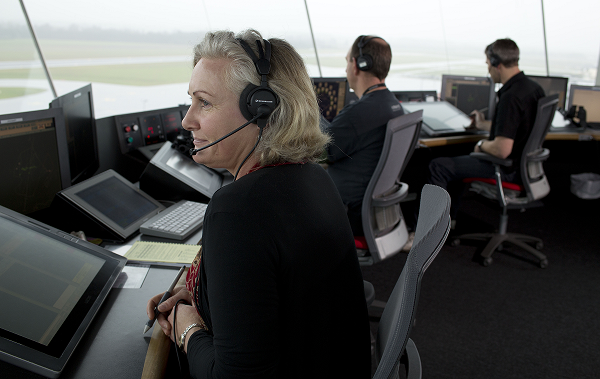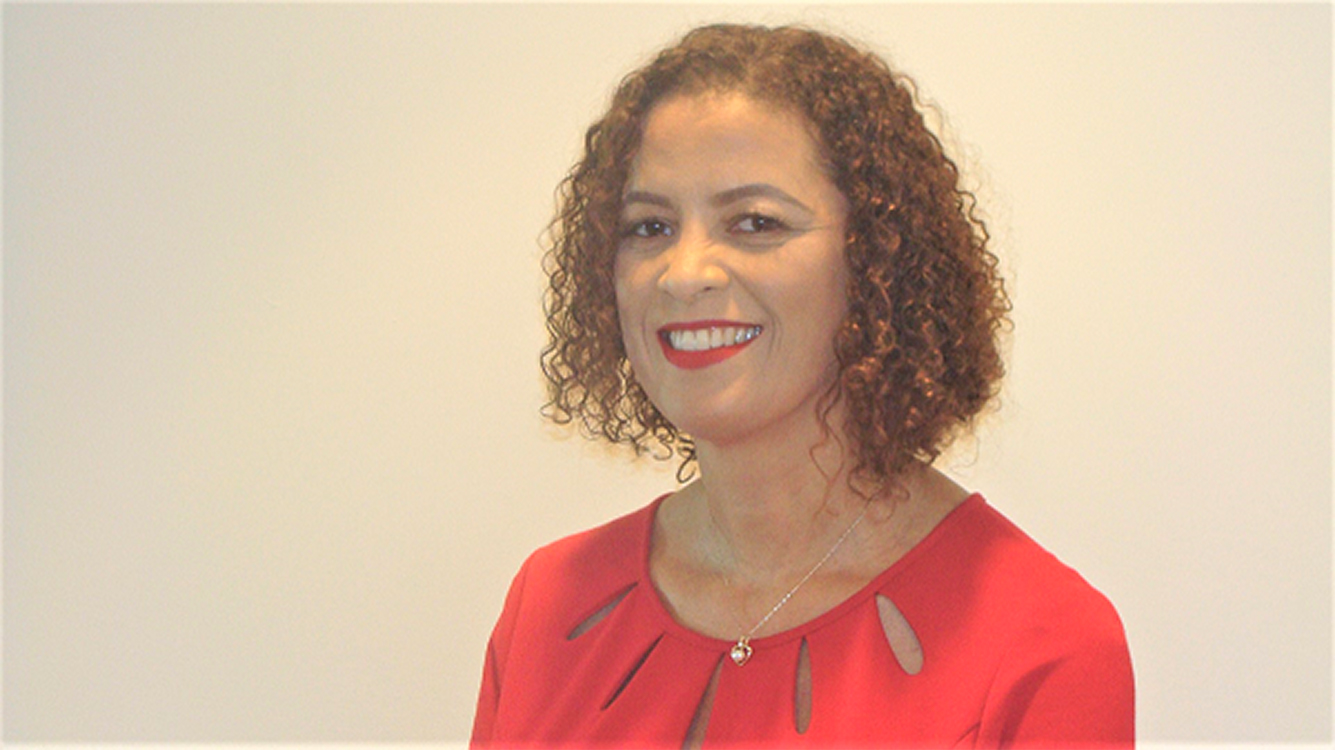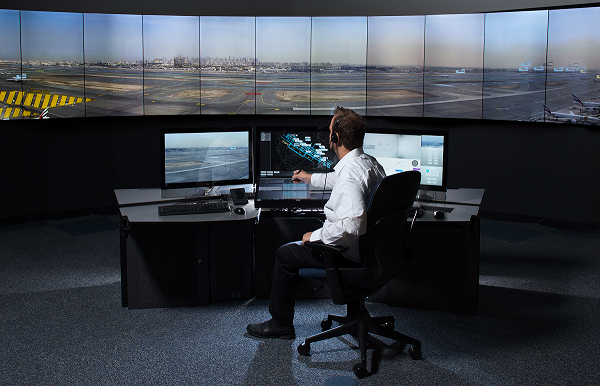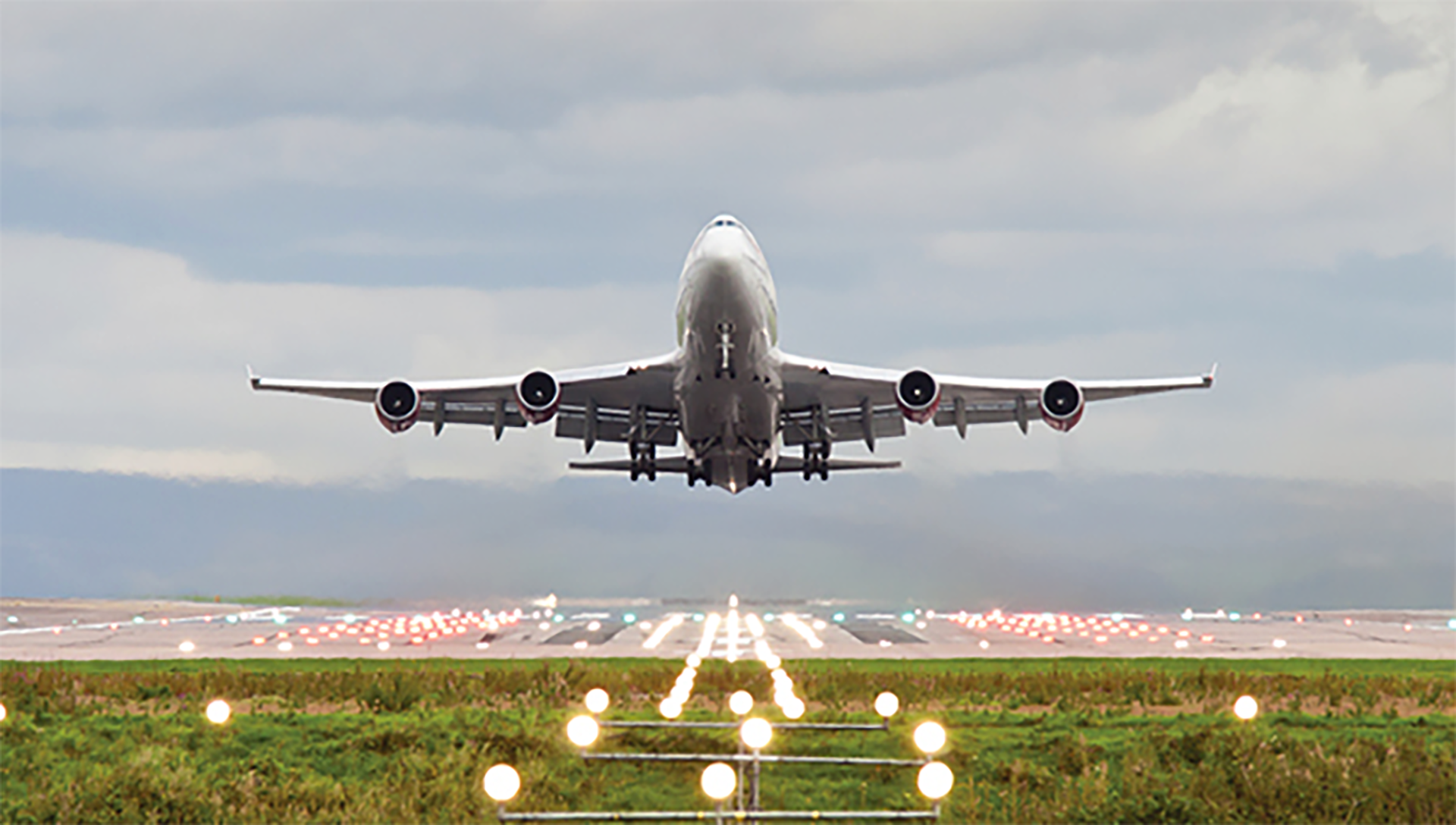Airspace Q1 2019 – Embracing diversity

Female leaders from the air traffic management sector explain why diversity is so important to the future of the industry.

Barbara Dalibard, CEO, SITA
Aviation is similar to other industries where I have worked, specifically technology and transport. They all rely on experts coming from scientific and engineering studies, which traditionally have been male-dominated.
So, diversity – gender and otherwise – starts in education. Students from all backgrounds need to be encouraged to study STEM (science, technology, engineering and maths) subjects. After that, as people progress in their careers, there are “leaks” along the way. Each organisation needs to address these leaks.
The aviation industry is no different to others. Actions need to be taken so that roles that are traditionally held by one gender can be accessed by another and promotions are fair. Unconscious – and conscious – bias is widespread. By taking action to stop these “leaks” the range of candidates for senior management roles will grow.
At SITA, we are sitting at the crossroads of the aviation and technology industries and we take a broad view. We strive to promote diversity in general, not just gender diversity, throughout our company culture.
There is no single action, we are taking a holistic view and are changing many of our processes to ensure that diversity and inclusion are embedded in the culture of our organisation.
For recruitment, we train both our recruiters and people managers in the value and importance of having diverse teams. This drives diversity in the pool of talent from which we recruit. Then we foster a culture that allows people to progress in the organisation, including mentoring, networking and showcasing the achievement of women and other minorities to everyone.
We also use data to analyse our actions – from recruitment to promotions and pay rises. We look across seniority levels, generations and gender to spot issues or biases and to track if our processes are working well. By using data, we can be objective and, if necessary, re-engineer our processes.
The promotion of diversity starts in the home encouraging all children to study and work in all walks of life – fathers telling their daughters that they can be engineers, astronauts or experts in artificial intelligence.
Then in the workplace by individual managers building diverse teams and through training, role modelling, mentoring, networking and a positive company culture. And finally, by using data to objectively analyse progress and make changes to deliver results.
Only by taking a broad approach will we improve diversity and inclusion across our individual organisations and the aviation industry as a whole.
Teri Bristol, Chief Operating Officer, FAA, ATO
Our recent reauthorizing legislation calls for a new advisory board that will develop a plan to attract women to aviation broadly. I think we first have to build awareness of the careers available in our industry, to include those professions that directly support air traffic operations. ATO employees have for years worked with schools to spark interest from the youngest of grades, and there’s more that we can do.
The legislation also calls for a task force that will offer strategies to encourage high school students to enrol in classes that position them for aviation-related college or trade school coursework. The ultimate aim is to develop pathways to get those students hired directly into the industry, including here in the ATO. Ours is a complex organisation that encompasses a range of professions, and I know there are many women who would be interested in making a career with us.
Once we have them on board, we have a group that provides employees with tools to grow their careers, including skills assessments and education, resume writing techniques, and interviewing support. We also have a series of development programmes for employees who aspire to management, both in technical and non-technical positions. While they are designed for the entire workforce, I look forward to women taking advantage of these programmes.
One thing that I believe is common among many women, me included, is that we are big planners. In Sheryl Sandberg’s book, Lean In: Women, Work, and the Will to Lead, one of the things that she talks about is, “don’t leave before you leave.” Women not only plan for today, but we may be projecting out for years to come. If you’re qualified and interested in a new position, go for it. Put your name in. Don’t not bid on a job because you might get married, might have kids, your significant other might be transferred … stay in.
And don’t over analyse! I’ve learned that the only thing you can count on is that life will change, and you don’t want to count yourself out of an opportunity.
To that point, I hope that the advisory board looks at how we have structured work in this industry, as shift work and irregular hours do have an impact on work-life balance, and women in particular may choose to opt out for these reasons.
We need to consider how structure, support tools, and mentoring by women who have made it work, can be used to keep women in the game.
Joyce Huang, Director, ANWS
To attract more women into all kinds of professional fields, not just air traffic management, organisations and corporations should first brush aside any gender-biased views to create a gender-equal work environment; both male and female workers should have equal opportunity for promotion.
In Asian regions, women tend to focus more on family life than their careers. To support family obligations, organisations could provide more versatile working arrangements such as flexible hours, working from home, and performance-related pay (rather than hourly payment).
In addition, management should communicate with their staff regularly to maintain a balance between the organisation’s requirements and supporting the needs of the employees. This should create a win-win situation.
In Taipei FIR, all air traffic controllers and other technical roles related to air navigation are recruited through a selection process which involves examination and role-specific assessments. This selection process results in a high proportion of female applicants. Females are, on average, attentive to detail, effective in communication, and often able to deal with emergency situations promptly. Therefore, it is highly desirable to keep a balanced proportion of gender within air traffic controllers.
For example, within ANWS, we have a total of 329 controllers, which includes 163 men and 166 women. In recent years, the number of women controllers has exceeded that of men, which is a rare case around the world.
Females often take a different approach to situations within management roles, which can lead to a more dynamic organisational culture. As with the operational advantages, I believe that moving away from a male-majority management structure can bring strong, positive changes to an organisation. For instance, one third of ANWS’ executive team consists of female managers, of which I am one, which is a positive upward trend. The organisation embraces a gender equal workplace and is supportive of a high proportion of female managers within our structure.
Micilia Albertus-Verboom, CEO, DC-ANSP
A popular song of a well-known local composer is entitled ‘Woman rule the world’ (Muhé ta manda mundu). Is that pretentious? Not really. It is a fact that especially from the second half of the 20th century on, women have progressed a lot in taking over positions, which traditionally were almost exclusively for men.
Yet, even now, in the second decade of the 21st century, women still lag behind compared with men, although they are gaining gradually. In air traffic control and especially within ATM, one will notice that the contrast between men and women is still quite out of balance.
Globally, woman in this specific sector still form a minority compared with the number of men. In Curaçao this is just the same. At Dutch Caribbean Air Navigation Service Provider (DC-ANSP) we have a total of 71% men versus 29% women working as air traffic controllers.
The question is why are not more women working in this sector? Is it mainly because they are stuck in the so-called female professions such as caring professions and education?
Various studies have shown that women are strong in taking responsibility, are accurate and pay attention to detail in whatever position. To be successful as an air traffic controller, the above abilities are of great importance. This would lead to a preliminary conclusion that an increase in women controllers would have a positive effect within air traffic management.
Slowly but surely, there is a shift to less traditional professions, of which women are also part. I favour recruiting more women as air traffic controllers as well as in senior management positions. At DC-ANSP, there is a fair distribution in management functions: of the 10 departments, five are currently run by female managers.
Mary Chance VanScyoc, Ruth Thomas, Madelyn Brown Pert, Marian McKenna Russel, Mary Gilmore, Gloria Langmade Yow and Carol White Stirr have paved the way, but in honour of them, we must continue with the same perseverance to keep inspiring women to join our force.
Jan Adams, President / CEO, JMA Solutions
The issue of increasing workforce diversity is common across many global industries where culture and tradition have prevented the inclusion of those not identified with that standard.
Decades ago, the education system followed this same exclusionary path; mainly pertaining to STEM-related programmes. The aviation industry is no exception. Pilots, air traffic controllers and technicians have been historically viewed as male dominated professions.
This perspective started within the military and has transferred to equivalent positions within the public and private sectors. This has resulted in a major shortage of non-traditional groups, including women, being represented within the aviation community. Just as other global industries have successfully challenged this paradigm, government, military and other aviation service providers have begun the process of correcting the inequities of the past. The majority of these institutions have been actively recruiting women and underrepresented populations on a regular basis.
Within many countries, the military has opened previously stringent and restricted occupational specialties to a wider and more diverse population. Along with the rapid advance in technology, there has been a corresponding increase in STEM graduates.
As a result, these outreach programmes have increased the number of qualified candidates for aviation positions and global diversity numbers are beginning to reflect the overall population of their individual countries.
Moving forward, both public and private aviation industries need to continually promote the inclusion of women and other underrepresented populations into our community. This should include setting target goals where there is a clear shortfall in identified areas. There should be a continual review of position requirements to ensure qualification standards both meet public safety concerns and provide access to the maximum number of applicants.
Finally, those groups that are looking to improve their ranks in these positions must take on the responsibility of being role models and mentors for those that aspire to follow in their footsteps.



